
Writers Chat Recap for July
Writers Chat, hosted by Jean Wise, Johnnie Alexander, and Brandy Brow, is the show where we talk about all…
July 31, 2023
Writers Chat, hosted by Jean Wise, Johnnie Alexander, and Brandy Brow, is the show where we talk about all…
July 31, 2023
After returning from this year’s Blue Ridge Mountains Christian Writing Conference (BRMCWC), I was excited about the new writing…
July 29, 2023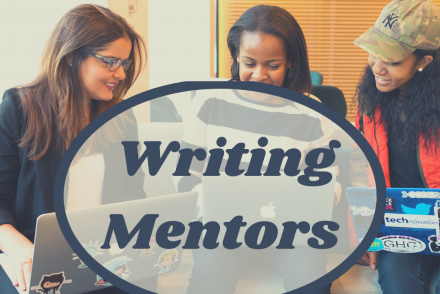
Why do you write? Do you have a theme, message, or goal for your books? I feel called, compelled,…
January 19, 2023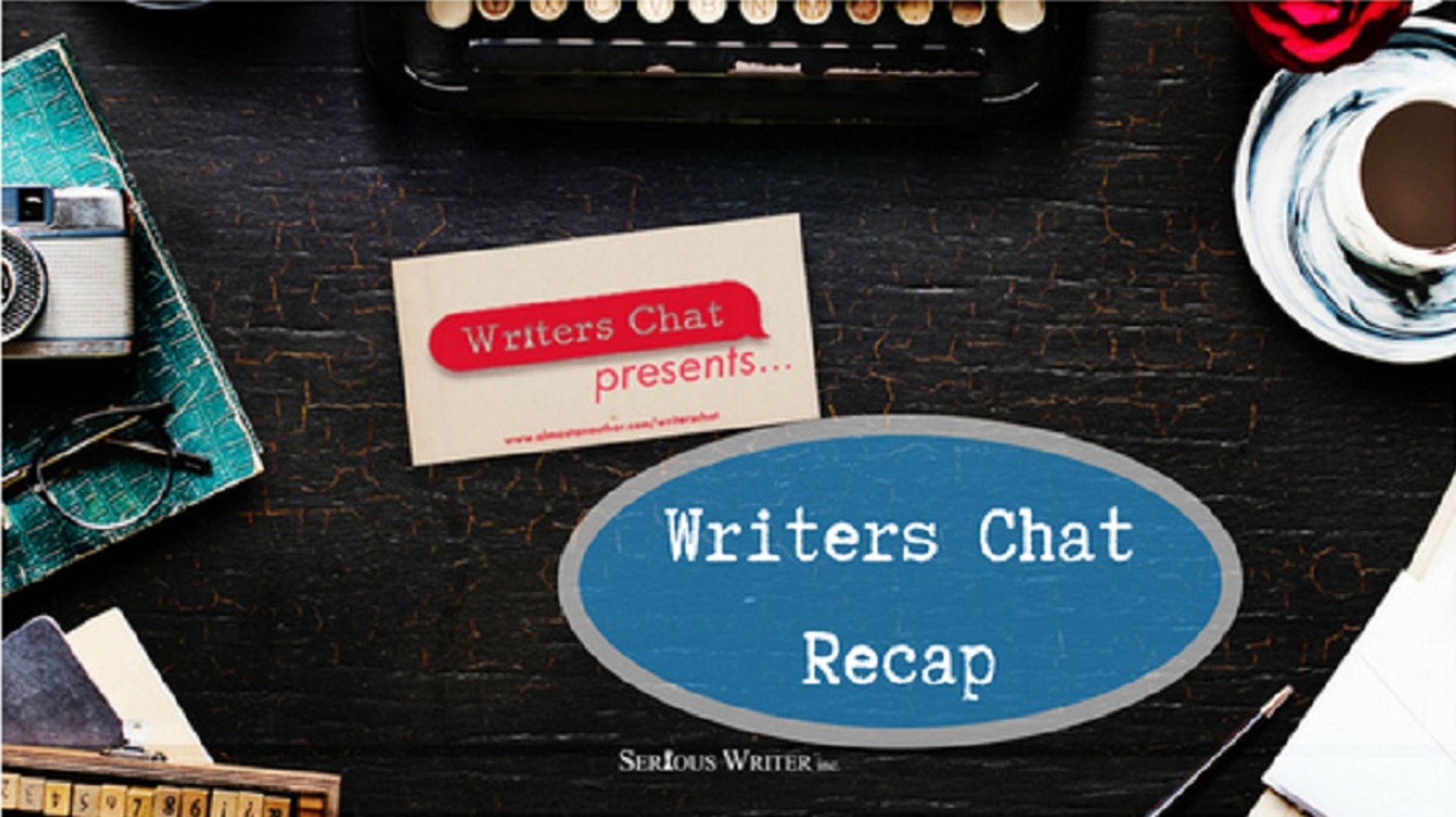
Writers Chat, hosted by Jean Wise, Johnnie Alexander, and Bethany Jett, is the show where we talk about all…
January 31, 2020
Does the word critique fill you with dread? It shouldn’t. I have learned most of what I know about…
January 8, 2020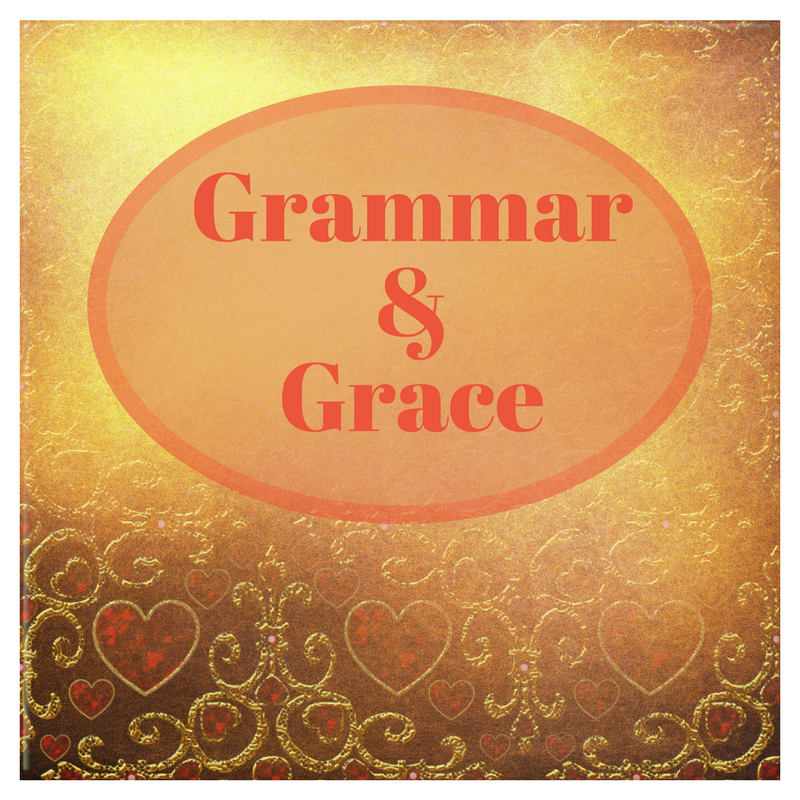
Please stop using pronouns wrong! Between you and I, I’m sick of people using the wrong pronoun. Wrong. Wrong. Wrong!…
February 19, 2018
Have you ever noticed how some authors tend to focus too much on writing certain fiction elements, yet ignore…
October 9, 2017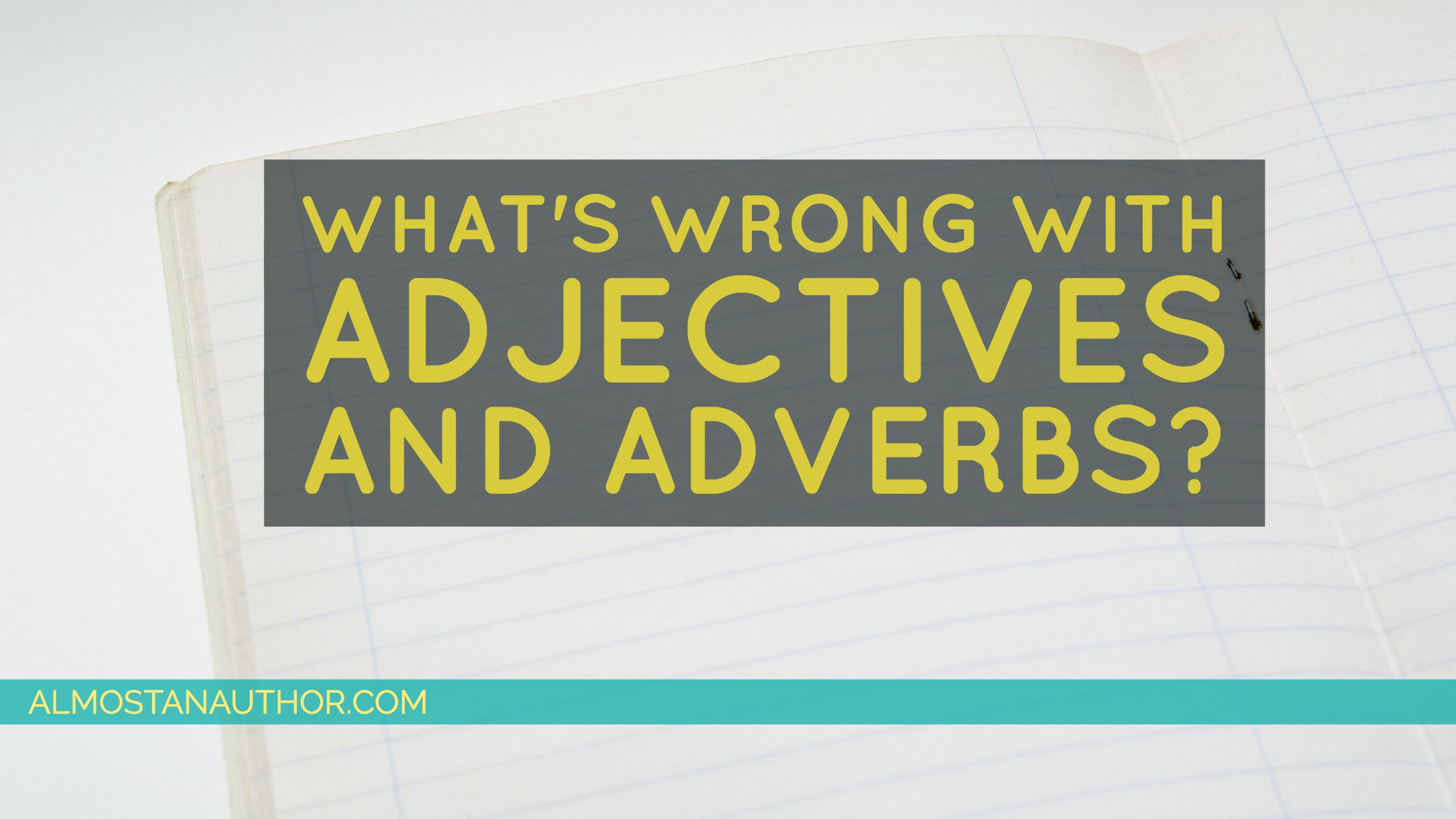
When I was in elementary school, I was taught to incorporate as many adjectives and adverbs into my stories…
August 9, 2017
As languages go, English is fairly young. It’s been about 1400 years since the Anglo-Saxons imported English into Great…
June 27, 2017
This may seem hard to believe, but[bctt tweet=” … not every question requires a question mark” username=””.] How…
April 27, 2017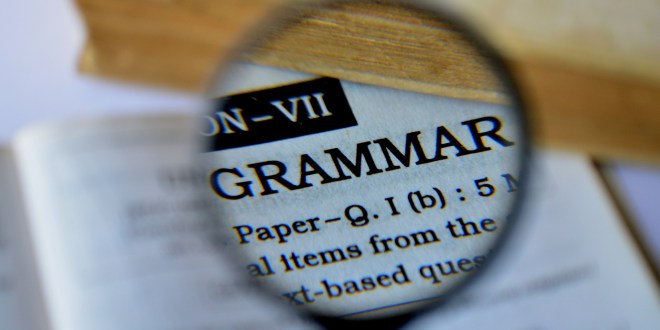
Last time, I introduced the eight parts of speech. This time, we’ll focus on verbs. I’m beginning with the…
March 17, 2017
Jim held a gray spheroid up to the light. “So Doc, you’re saying the sex of this alien was…
February 13, 2017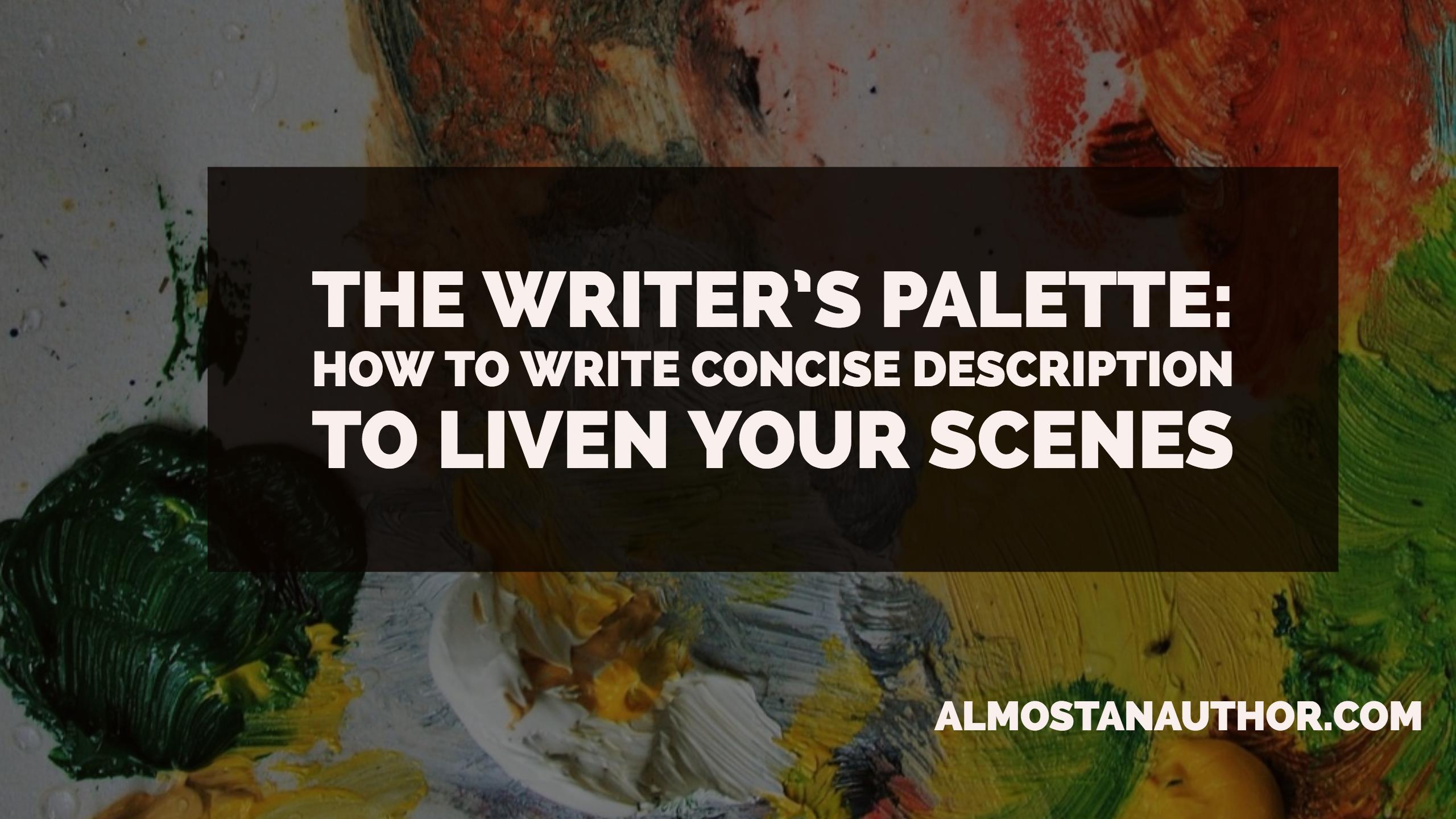
As writers, we have the power to tear down the boundaries of paper and ink when we craft a…
February 8, 2017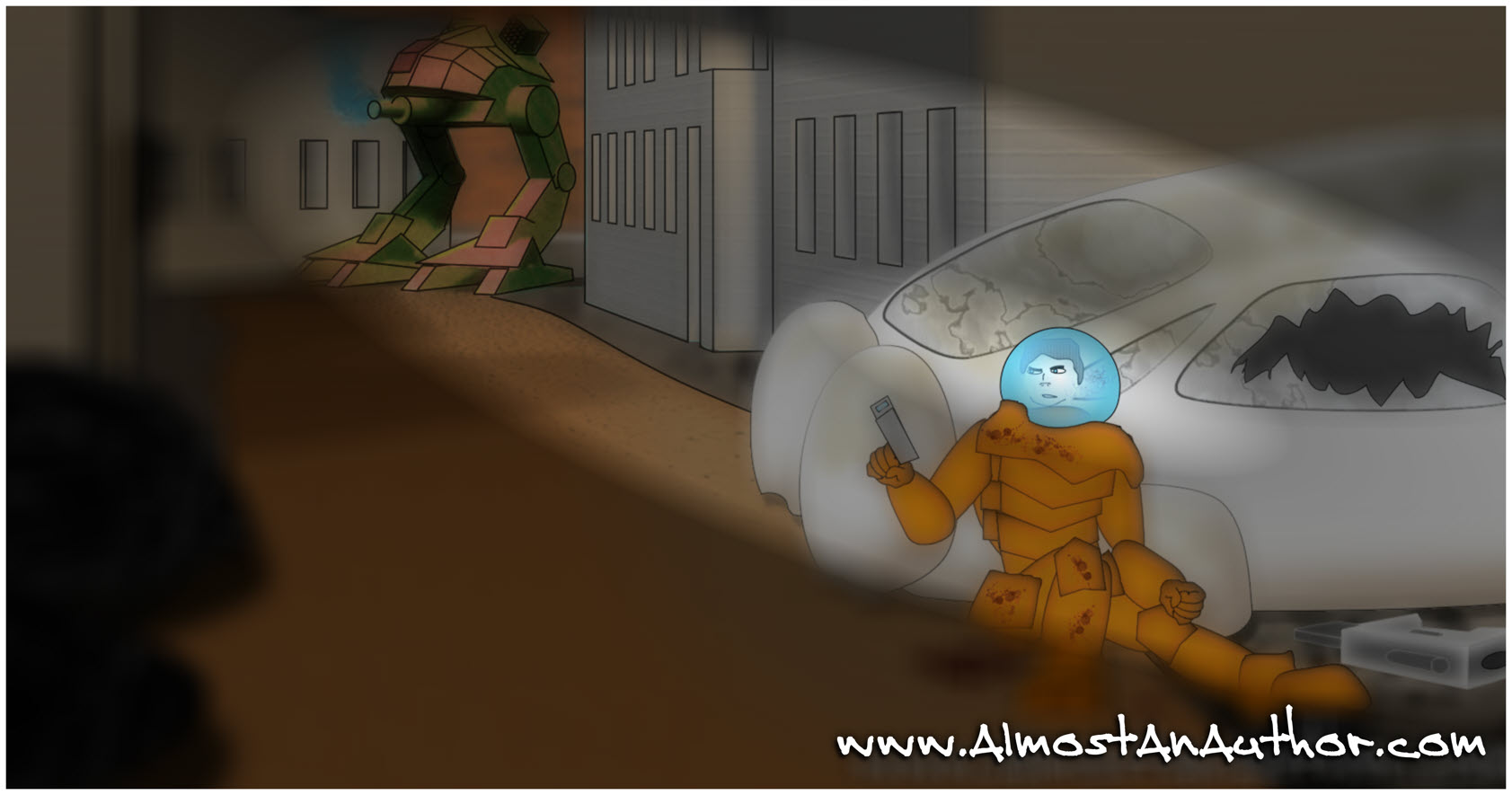
The carbine was still jammed and Jim couldn’t do anything to fix it. He finally tossed it aside and…
November 9, 2016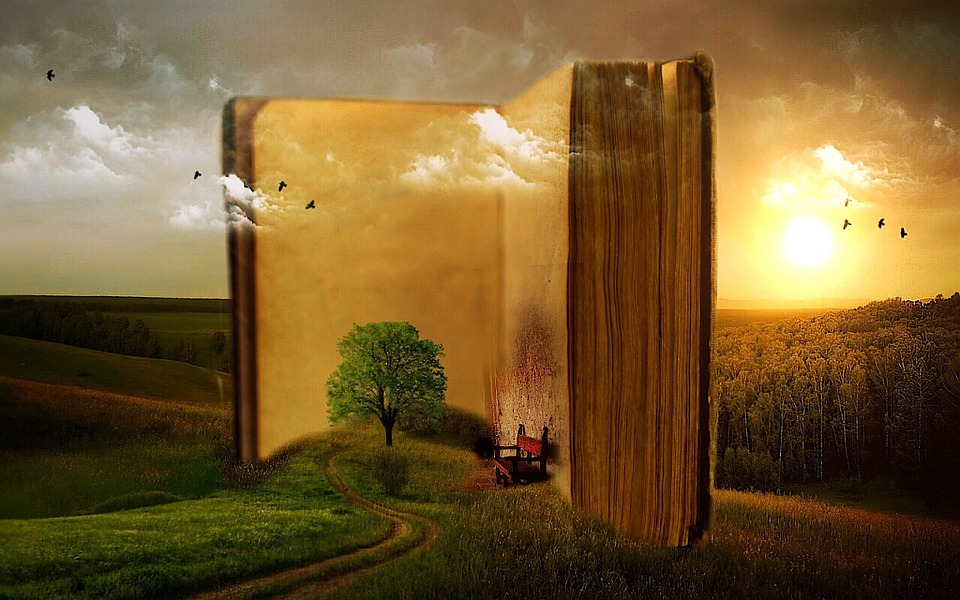
Have you ever tried to tell your friends about an experience you had, but they didn’t give you the…
October 9, 2016
Once you’ve chosen the setting of your book—which we discussed in Part 1 of this series—it’s important to spend…
July 21, 2016
Setting is far more than the backdrop of a novel. It’s the environment that breathes life into a story. It…
June 19, 2016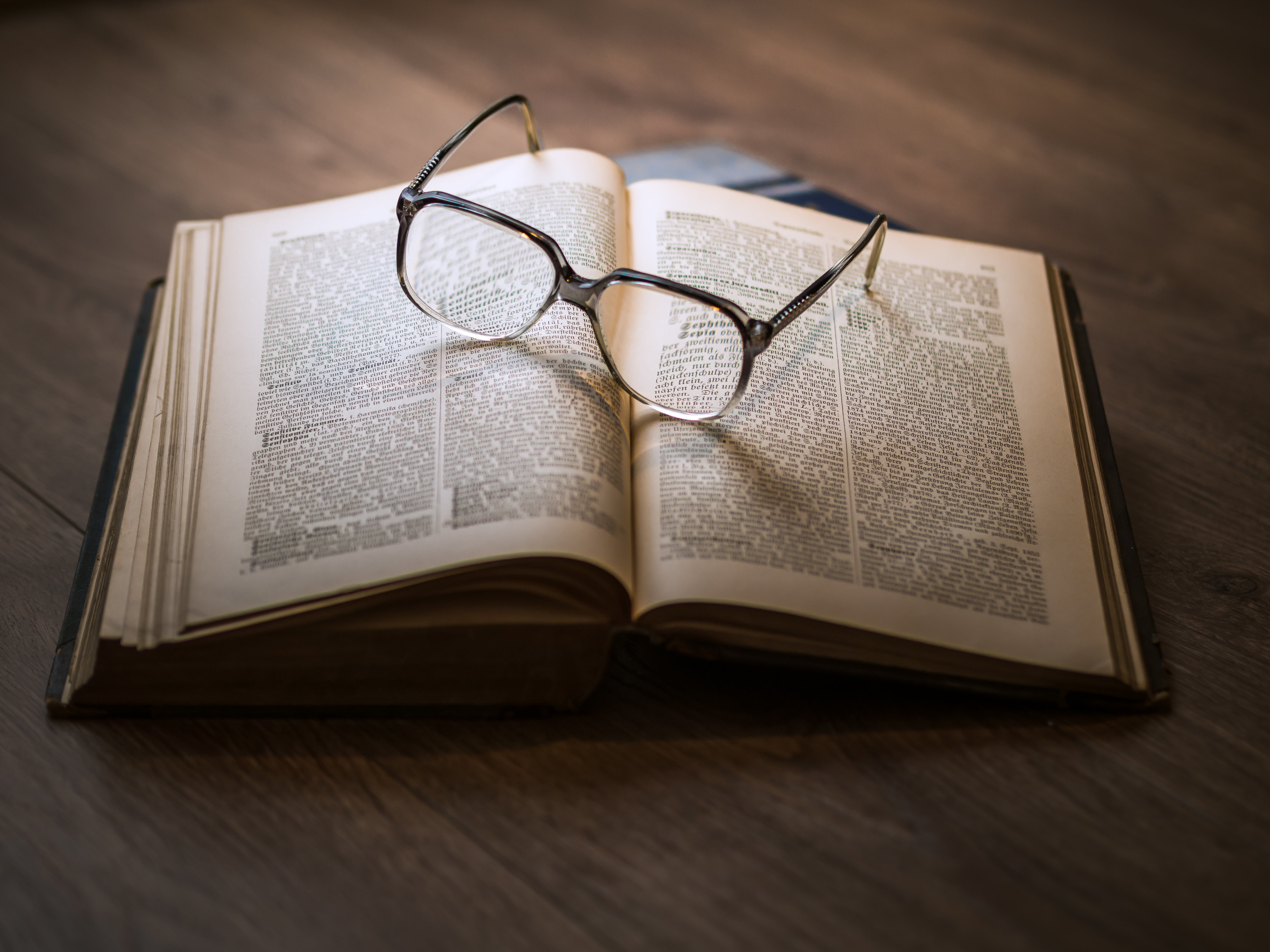
For most writers, our passion to write was birthed from a passion to read. We grew up immersed in…
March 10, 2016
[bctt tweet=”#TeenWriters: To avoid weak writing, check your book for these common mistakes #writingtips@tessaemilyhall “] Teen writers: You’re entering an…
October 9, 2015
by Alycia W. Morales When I started reading the Divergent series by Veronica Roth, friends were conflicted over the…
September 25, 2015
by Alycia W. Morales Have you ever been reading a novel when it suddenly dawns on you that the…
August 24, 2015